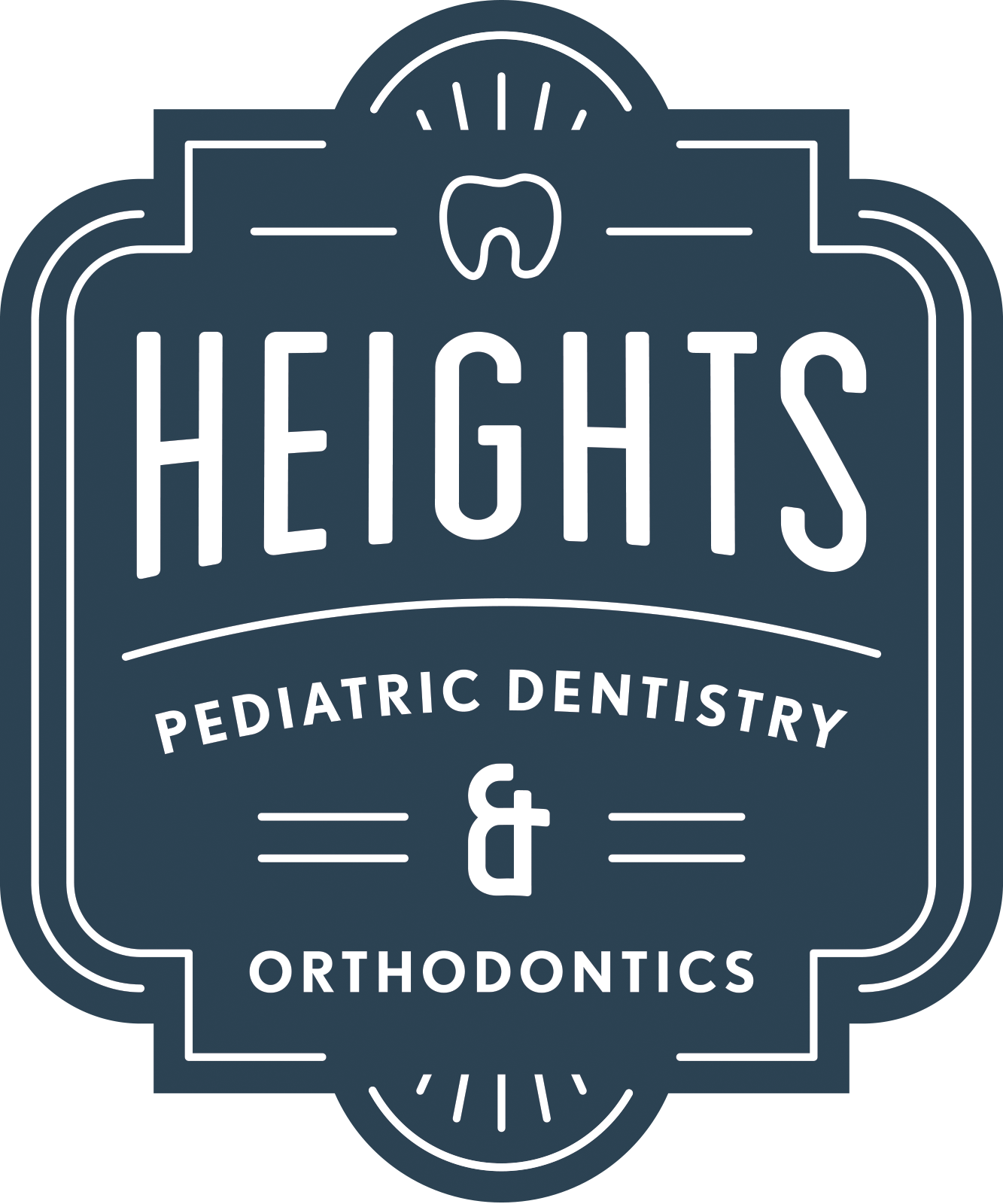Isolite Dental System at work in the dental office
/Some people dread going to the dentist for various reasons such as straining your muscles to keep your mouth open. With recent developments of modern procedures and tools in dentistry, patients can now look forward to having their teeth examined and undergo necessary dental treatments in faster and more convenient way.
One of the newest systems in dentistry today is the Isolite Dental System. It is a device that helps illuminate the mouth, provides relaxation because of its ergonomic design while keeping the mouth open, keeps the mouth dry and contaminant-free throughout the procedure. It makes dental procedures comfortable and cuts the time by 20% to 50%. By using this system, undergoing procedures will be a breeze. At Smiles For Kids we utilize this fantastic system to help children relax while they watch a movie instead of thinking of keeping their mouth open.
How does it work?
At the heart of Isolite Dental System is a patented mouthpiece that is soft, flexible and easy to fit. It is made of hypoallergenic, silicone and latex free material. It comes in six sizes including a tiny “pediatric” fit. Getting the right size for the patient is crucial as it can give them a relaxing experience and poses no risk of injuring the tongue and cheek during the procedure. The mouthpiece also provides the patient a place to rest their jaw.
When in place, it can isolate the maxillary (top) and mandibular (bottom) quadrants, protects tongue and cheek, provides bright illumination, removes fluids and oral debris and prevents aspiration of materials.
The disposable mouthpiece can be inserted and removed in a few seconds so it shortens procedure preparation time. Since the dentist can see throughout the mouth easily because of illumination, it removes the stress in retraction, suctioning, eyestrain, adjustment of headlights and overhead lights, and repositioning the patient, the procedure becomes less stressful, faster and more comfortable for both parties.
What procedures can benefit from using Isolite Dental Systems?
In pediatrics it is a fantastic time saver and protector for children’s cheeks and curious tongues during any restorative procedures and sealants. At Smiles For Kids we call it our “fishy” as the mouthpiece has a shape of a fish tail. Our little patients love the ease and speed of the procedures thanks to the “fishy”. For restorative dentistry, it is good for sealants, bonding, fillings, crown and bridge preparation, cementation, quadrant impressions, veneers, air abrasion, CEREC dentistry and laser dentistry. For oral and maxillofacial surgery, it can be used for extractions and implants. For orthodontics, the use of Isolite mouthpiece can save as much as 15 minutes per hour for quadrant bracket placement and lingual fixed retainers. Periodontic procedures like implants and scaling of gums and teeth become quicker and more reliable too. Dentists, hygienists and assistants have much easier time taking of patients without needing another pair of hands to help with holding cheeks or drying teeth. Isolite is a fantastic tool to help patients and dental care providers deliver safe, quick and efficient dentistry.
